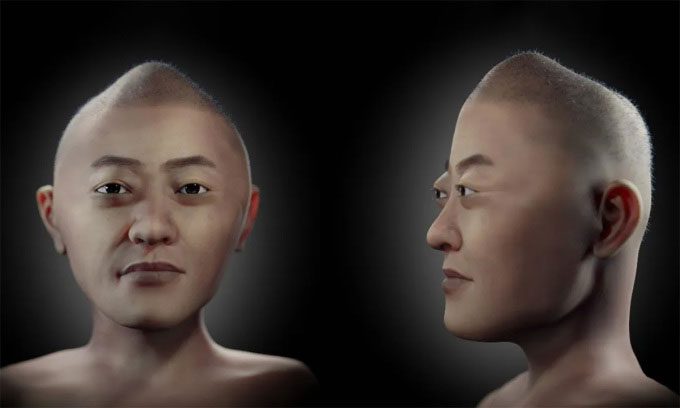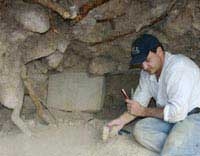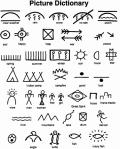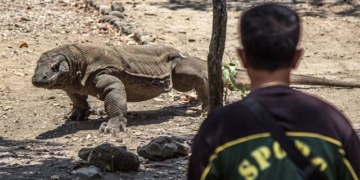Reconstructing the face of an Andean individual with early craniosynostosis presented challenges for researchers due to the significantly abnormal skull shape.
Forensic expert and 3D designer Cícero Moraes, along with his colleagues, reconstructed the face of an Andean person from Bolivia who lived during the pre-Hispanic period (the time before Spanish explorers arrived in Central and South America), as reported by IFL Science on December 5. This individual had a rare congenital defect known as early craniosynostosis. This condition affects the formation and fusion of the skull bones, leading to skull deformities and often resulting in cognitive decline, vision impairment, and other debilitating symptoms.

Reconstructed face of an Andean individual with skull deformity. (Photo: Cícero Moraes).
The skull is preserved at the National Archaeological Museum of Bolivia, and its exact dating has yet to be established. However, it is likely that the skull belonged to an individual from the Tiwanaku or Inca civilization. Tiwanaku emerged in the 2nd century and disappeared approximately 1,000 years ago, while the more renowned Inca civilization thrived from around the 13th to the 16th century.
The research team noted that the skull’s morphology significantly differed from the average. Therefore, they consulted with six maxillofacial surgeons regarding early craniosynostosis, a term that encompasses several syndromes such as Crouzon syndrome, Apert syndrome, and Pfeiffer syndrome.
Due to the lack of other skeletal remains, the researchers could not accurately determine which syndrome the skull’s owner had. They also could not ascertain the individual’s sex based solely on the skull, although dental development indicated that the person died between the ages of 17 and 21. Consequently, they decided to create a gender-neutral face, utilizing statistical studies based on CT scans to infer the individual’s actual appearance.
Moraes has previously employed this method to reconstruct the faces of ancient individuals and historical figures, but this new project posed numerous challenges due to the skull’s abnormal morphology. For instance, the structure of the skull significantly protruded the eyes, and the shape of the cranial cavity—where the brain is housed—differed greatly from normal models, resulting in a notably prominent face. Interestingly, the skull showed signs of having undergone some form of surgery, and the patient appeared to have survived for a short time afterward.





















































